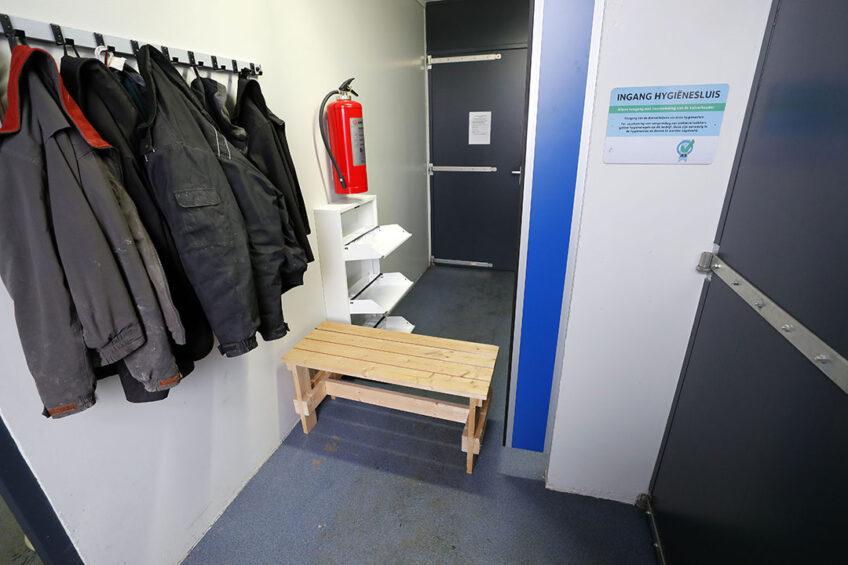Biosecurity key for broiler farm workers to control Campylobacter

Better communication across the food chain to poultry workers is needed to prevent Campylobacter colonisation of commercial broiler chicken flocks, UK researchers have found. Broiler farmers and staff currently feel that too much emphasis on controlling the bacteria is placed on them rather than across the farm to fork chain.
Campylobacter is the leading cause of human bacterial diarrhoeal disease across the globe, with poultry meat products contributing to around 70% of cases.
The UK’s Food Standards Agency and the UK poultry industry in 2010 set a joint target to reduce Campylobacter in chicken meat at retail – aiming to reduce the prevalence of the most contaminated chicken (>1,000 cfu/g) to below 10% at the end of the slaughter process, initially by the end of 2015. From 2014-18 it conducted UK-wide surveys of contamination on fresh chickens at retail level and found that, overall, prevalence reduced from 73.2% to 40.9% in this period. The percentage of chickens contaminated with >1,000 cfu/g reduced from 19.7% to 3.8%. Biosecurity advice is currently provided through the Red Tractor Assurance scheme.
Tha main area of intervention
Due to the ubiquitous presence of Campylobacter in the poultry farm environment, biosecurity is the main area of intervention to prevent colonisation, but research has repeatedly shown that farmers’ uptake of biosecurity recommendations if often poor. The study, published in the journal Frontiers in Veterinary Science, explored farmers’ attitudes towards biosecurity and identified barriers to effective implementation of biosecurity protocols.
Poultry continues to be a major source Campylobacter
Campylobacter cases in humans are linked to contaminated poultry, followed by other animals, such as sheep, pigs and cattle, according to a new study. Read more…
Led by the Department of Livestock and One Health’s Institute of Infection at the University of Liverpool with support from London College of Communication, the researchers carried out semi-structured interviews with 1-3 members of staff on each of 16 broiler farms; 6 owned by, and 10 contracted to, 3 different poultry integrators. A total of 28 interviewees took part, including farm owners, managers and workers, with a range of industry experience.
Results
Thematic analysis of the interviews revealed high levels of recognition among broiler farmers of the whole farm-to-fork chain within the poultry industry to reduce Campylobacter contamination of chicken meat for the benefit of public health. Participants’ self-reported awareness and implementation of biosecurity has improved significantly following the industry-wide focus on Campylobacter control. However, the farmers felt frustrated with the industry’s approach to tackling Campylobacter and the heavy burden put on interventions at farm level.
Biosecurity breaches a major factor in disease outbreaks
In intensive livestock farming, a good biosecurity protocol is essential as potentially harmful diseases can inflict huge damage. And it is not difficult to implement these protocols; the challenge is to live up to them as the human factor poses the greatest risk. Poultry World looks into some tools that can help raise awareness. Read more…
There was also scepticism among participants as to the effectiveness of current biosecurity measures in the reduction of Campylobacter. But they did recognise the benefits of improved biosecurity on broiler health and welfare and other important targets, such as reducing antimicrobial usage, which was a legacy the UK broiler industry could be proud.
The study also found there was:
- Scope for further farmer education about the evidence supporting biosecurity interventions in the control of Campylobacter.
- A need to establish more effective channels of communications.
- A desire to give all players within the industry agency and investment in industry targets.
- A call for contributions from all levels to be permitted in the design of future biosecurity interventions.
The report’s authors said biosecurity compliance may be improved through collaborative efforts, such as participatory and co-design practises, to facilitate knowledge co-creations and exchange.












